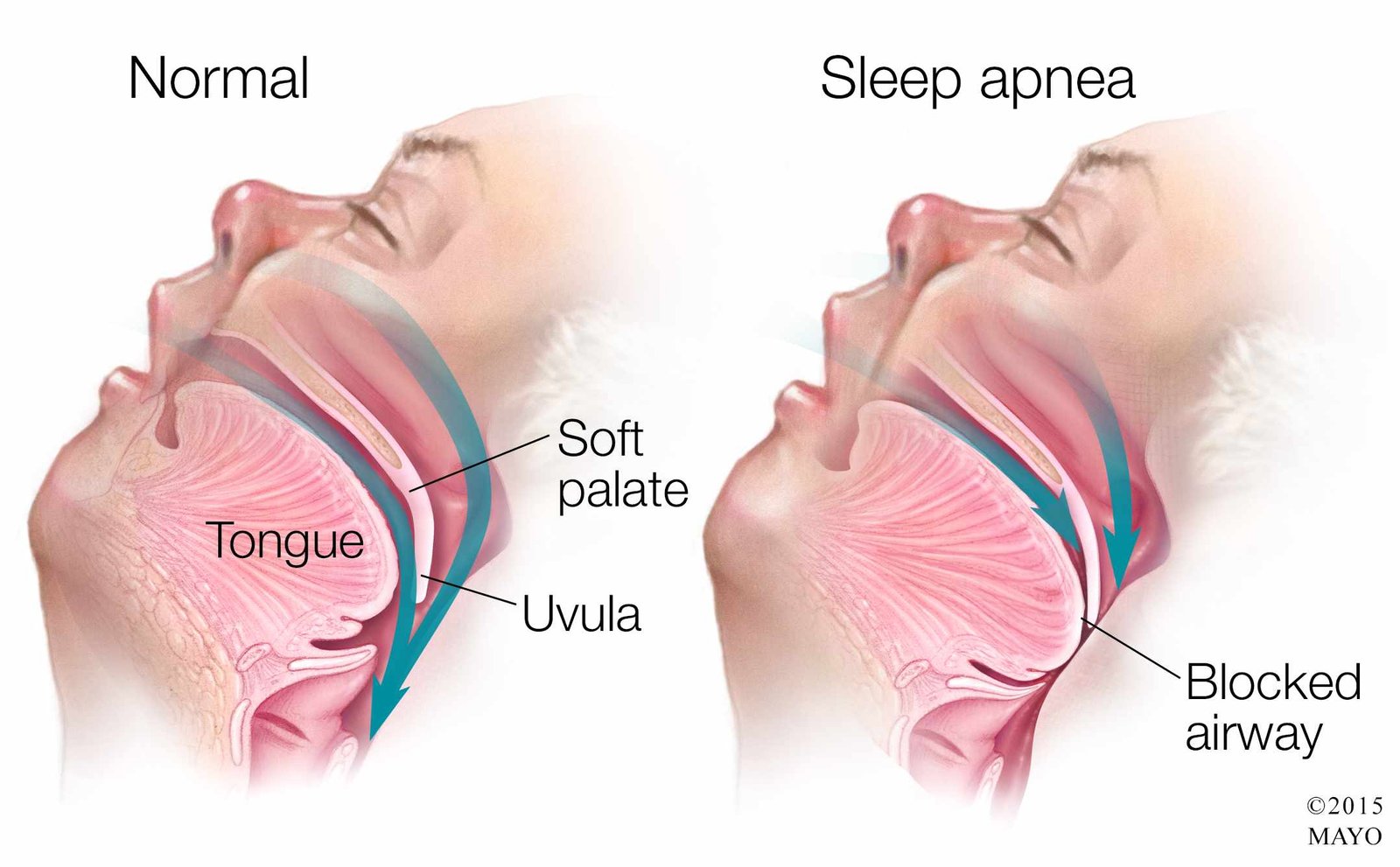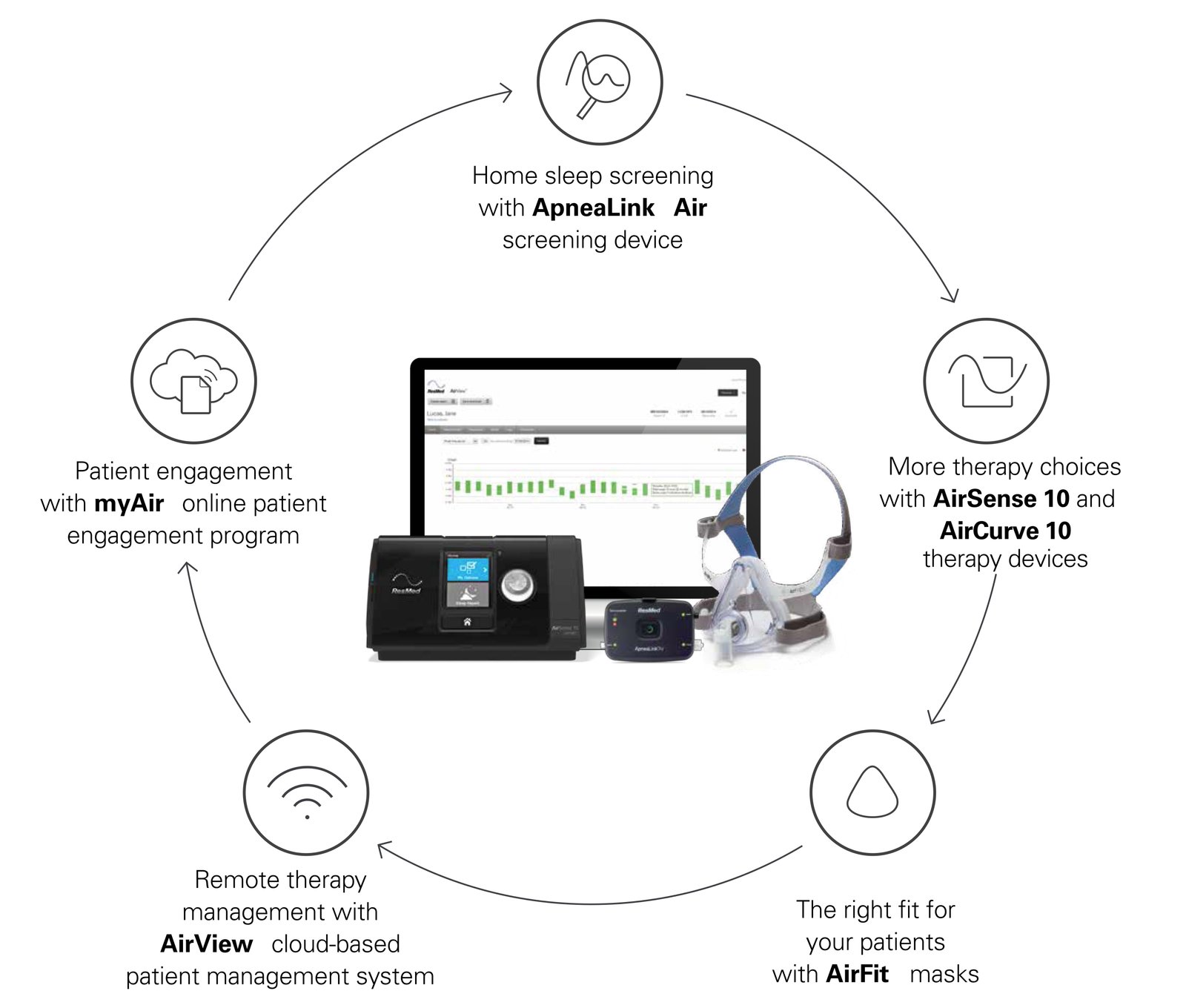
Obstructive Sleep Apnea (OSA)
Obstructive Sleep Apnea (OSA) is the most common sleep disorder. This is mainly characterized by repeated upper airway disturbances during sleep, which causes breathing to stop for some seconds, throughout the night. This interrupted breathing causes a significant drop in oxygen levels in the blood, resulting in an episode of Apnea. People who suffer from OSA may snort, or gasp loudly as the breathing resumes during sleep. It can also cause choking due to obstructed airway.

